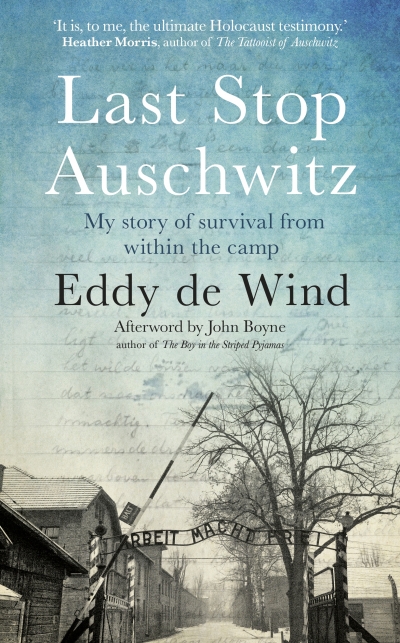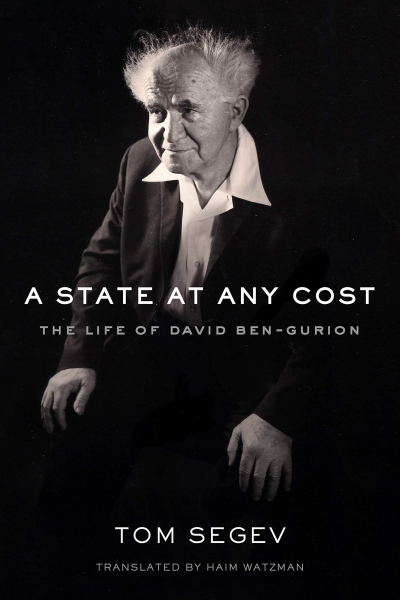Translations
Last Stop Auschwitz: My story of survival from within the camp by Eddy de Wind, translated by David Colmer
by Elisabeth Holdsworth •
Travels with a Writing Brush: Classical Japanese travel writing from the Manyōshū to Bashō edited by Meredith McKinney
by Barry Hill •
Serotonin by Michel Houellebecq, translated by Shaun Whiteside
by David Jack •
The Penguin Book of Italian Short Stories edited by Jhumpa Lahiri
by Rita Wilson •
A State at Any Cost: The Life of David Ben-Gurion by Tom Segev, translated by Haim Watzman
by Ilana Snyder •
The Great Cauldron: A history of southeastern Europe by Marie-Janine Calic, translated by Elizabeth Janik
by Iva Glisic •
Hitler: A Life by Peter Longerich, translated by Jeremy Noakes and Lesley Sharpe
by Philip Dwyer •
Henrik Ibsen: The man and the mask by Ivo de Figueiredo, translated by Robert Ferguson
by Kári Gíslason •
Promise Me You’ll Shoot Yourself: The mass suicides of ordinary Germans in 1945 by Florian Huber, translated by Imogen Taylor
by Alexander Wells •










